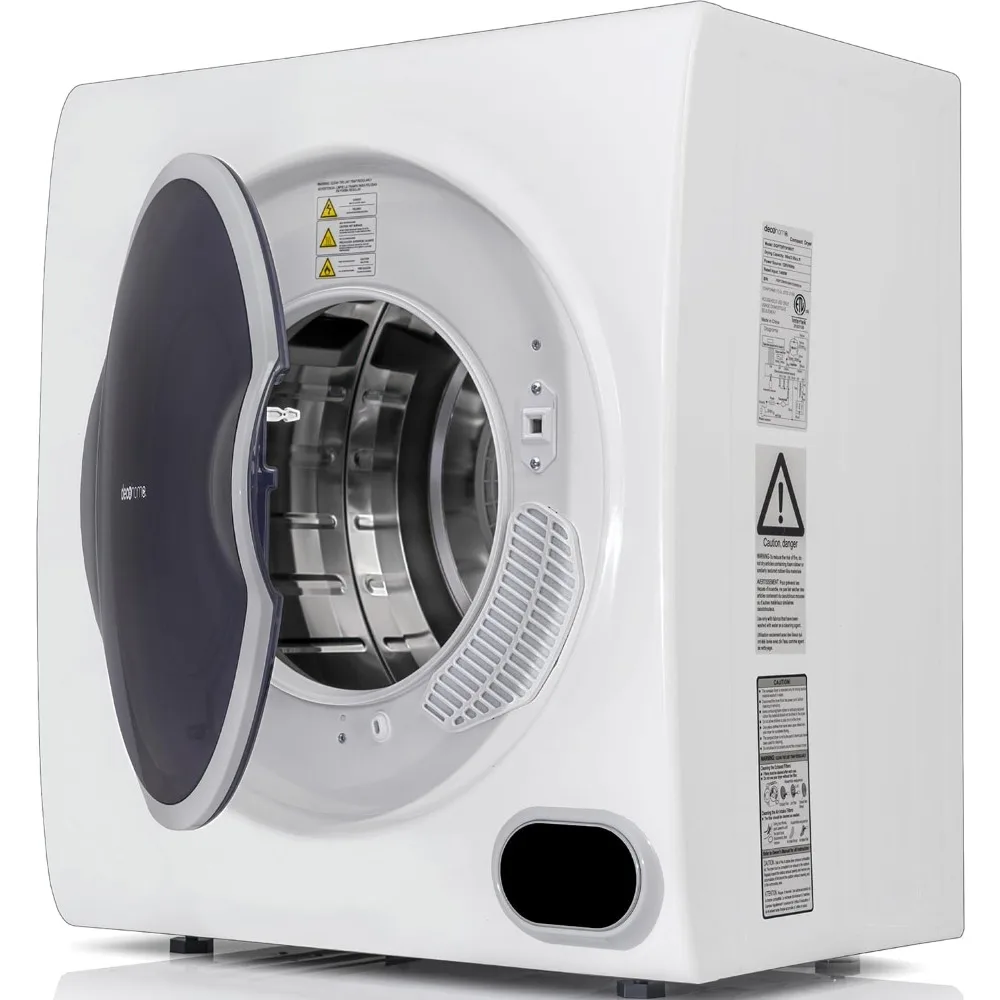Finding black grease marks on freshly washed clothes can be both surprising and frustrating. These stains not only ruin your clothes but also signal potential issues with your washing machine. Understanding what causes these grease marks and how to address them is crucial for keeping both your clothes and washing machine in top condition. Let’s dive into the specific reasons behind these stains and how to effectively resolve the problem.

Identifying the Source of Black Grease Marks
Different components of the washing machine can contribute to those unsightly black grease marks. Knowing what to look for helps pinpoint the issue more quickly.
Inspecting the drum and seals
The drum and rubber door seals are common culprits when it comes to black grease marks. Over time, these components can harbor grime, detergent buildup, and residual oils, which then transfer onto your clothes. Carefully inspect these parts for any visible residue and clean them thoroughly to prevent further staining.
Checking the bearings and transmission
Another potential source of grease marks is damaged or worn-out bearings or the transmission system. When these components start to fail, they can leak grease, which then finds its way onto your laundry. Listen for unusual noises during the spin cycle, such as grinding or squeaking, which can indicate bearing issues. If you suspect this is the problem, it might be time to call in a professional to inspect and replace these parts.
Cleaning and Maintenance Solutions
Regular cleaning and maintenance are key to preventing black grease marks on clothes and ensuring your washing machine operates efficiently.
Running a cleaning cycle
Start by running an empty wash cycle with hot water and a washing machine cleaner. This helps remove any built-up residue inside the drum, hoses, and other internal components. For a natural alternative, use a mixture of white vinegar and baking soda. This cleaning cycle should be done monthly to maintain a clean machine.
Cleaning the detergent drawer
The detergent drawer can accumulate detergent residues and mold over time. Remove the drawer, and rinse it under warm water while scrubbing away any buildup with a brush. Ensure the compartment where the drawer sits is also clean. This prevents residues from re-entering the washing cycle and causing stains.
Inspecting the hoses and filters
Blocked or dirty hoses and filters can lead to grease mark issues. Check the inlet hoses for any blockages or buildup, and clean or replace them if needed. Similarly, clean the lint filter regularly to ensure proper water flow and prevent residue from sticking to your clothes.
Preventive Measures for Future Protection
Taking preventive steps keeps your washing machine in good condition and minimizes the chances of encountering grease marks on clothes.
Using proper detergent and softeners
Using excessive amounts of detergent or fabric softener can lead to buildup in your washing machine. Opt for high-efficiency (HE) detergents if you have an HE machine and use the recommended amount to prevent residue. Additionally, avoid powder detergents if your machine struggles to dissolve them completely.
Balancing loads correctly
Overloading your washing machine can cause strain on the drum and other components, potentially leading to mechanical issues and leaks. Follow the manufacturer’s guidelines for load sizes, and distribute clothes evenly to balance the load. This not only protects your machine but also ensures your clothes are cleaned effectively.
Regularly cleaning machine components
Schedule regular cleaning for your washing machine’s various components, such as the drum, seals, and detergent drawer. Wipe down the rubber seals after each use to prevent mold and grime buildup. Keeping these parts clean reduces the risk of grease marks and extends the lifespan of your machine.
 Spot Treating Grease Marks on Clothes
Spot Treating Grease Marks on Clothes
If you discover black grease marks on clothes, addressing them promptly helps restore your garments to their original condition.
Applying dish soap or degreaser
Dish soap formulated to cut through grease works well for pre-treating grease marks. Apply a small amount of dish soap directly to the stain and gently rub it in. Let it sit for 5-10 minutes before rinsing with warm water. For stubborn stains, consider using a commercial degreaser designed for clothes.
Using baking soda paste
Create a paste using baking soda and water, and apply it to the grease mark. Gently scrub the area with a soft brush or cloth, then rinse thoroughly. Baking soda helps lift grease without damaging the fabric.
Employing commercial stain removers
If home remedies don’t work, try a commercial stain remover specifically designed for grease stains. Follow the product’s instructions carefully, and test it on an inconspicuous area of the fabric first to ensure it doesn’t damage or discolor the material.
Professional Help and Repairs
When DIY solutions fail or the problem persists, seeking professional assistance can resolve deeper mechanical issues in your washing machine.
Scheduling a professional inspection
A professional technician can inspect your washing machine’s internal components, such as bearings and transmissions, to identify the source of the grease marks. They can provide the necessary repairs or replacements to fix the issue and prevent future staining.
Considering warranty services
If your washing machine is still under warranty, contact the manufacturer or retailer. Many warranties cover repairs for mechanical issues, such as faulty bearings or drum problems, at no extra cost to you.
Exploring machine replacement
In cases where an older washing machine continues to produce grease marks despite repairs, it might be time to consider a replacement. Investing in a new, efficient machine can save you from recurring problems and provide better cleaning performance.
Long-Term Care for Your Washing Machine
Ongoing care and maintenance ensure your washing machine remains in peak condition and prevents issues like grease marks from occurring.
Following manufacturer guidelines
Always refer to your washing machine’s user manual for maintenance and cleaning instructions. Following these guidelines helps maintain your machine’s functionality and prevents issues from arising.
Scheduling regular maintenance checks
Even if your machine appears to be functioning well, scheduling regular maintenance checks with a professional can catch potential problems early. This proactive approach ensures your washing machine remains reliable and effective over the long term.
Investing in quality accessories
Using high-quality hoses, filters, and other accessories designed for your specific washing machine model can enhance its performance. Investing in these accessories helps prevent leaks, blockages, and other issues that can lead to grease marks on clothes.
 Eco-Friendly Cleaning Alternatives
Eco-Friendly Cleaning Alternatives
For those who prefer environmentally friendly options, several green cleaning methods can help maintain a grease-free washing machine.
Vinegar and baking soda
Running a cycle with white vinegar and baking soda is an effective, eco-friendly way to clean your washing machine. Vinegar helps dissolve residue, while baking soda provides gentle abrasion to remove grime. This combination keeps your machine clean without harmful chemicals.
Essential oils
Adding a few drops of essential oils, such as tea tree or lavender, to your cleaning cycle not only provides a pleasant fragrance but also offers natural antibacterial properties. Essential oils can help maintain a clean, fresh-smelling washing machine.
Reusable cleaning cloths
Instead of disposable wipes or paper towels, use reusable microfiber cloths for cleaning the machine’s components. Microfiber cloths effectively pick up grime and residue without contributing to waste. Wash and reuse them as needed to keep your machine spotless.
Conclusion: Prevent and Resolve Grease Marks
Addressing black grease marks on clothes from your washing machine requires a combination of identifying the source, implementing regular maintenance, and using effective cleaning techniques. By inspecting key components, using appropriate detergents, and applying preventive measures, you can keep your washing machine in optimal condition and prevent unsightly grease marks from ruining your laundry. Should the problem persist, don’t hesitate to seek professional help or consider replacing your machine to ensure long-term satisfaction and performance. Maintaining a clean and well-functioning washing machine not only protects your clothes but also extends the life of your appliance, making laundry days hassle-free and efficient.
